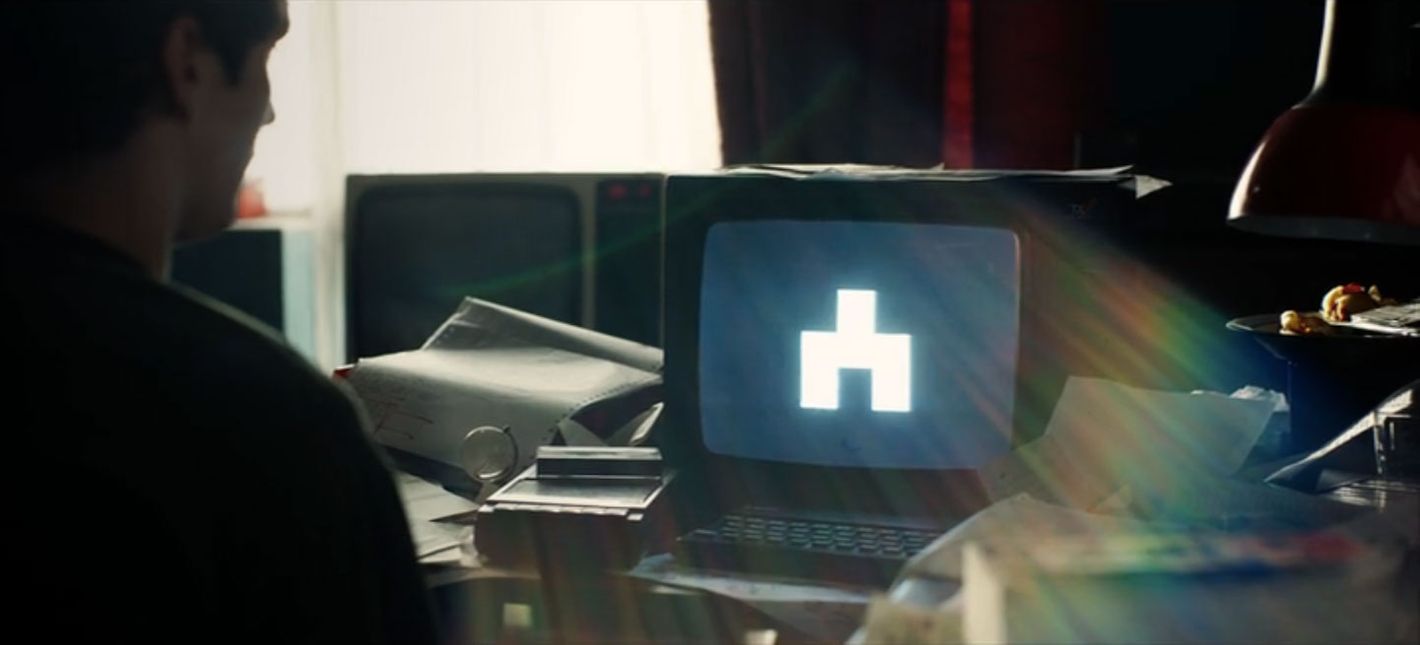This post originally appeared on my newsletter, “Open + Worlds.” Subscribe here.
In life … heaviness means the absence of present meaning, a hopeless entanglement in senseless casual connections … a plodding on, an inability to liberate oneself from the bonds of sheer brutal materiality.—Georg Lukács, The Theory of the Novel
When we play video games, we make a series of choices, which reveal a set of consequences, to which we then must respond, and so on. From text-based games like Zork and The Oregon Trail to Pac-Man and Tetris, right on through to the complex worlds of Skyrim and Dark Souls, we play under the assumption of choice and chance. Together, choice and chance form a finely woven network of options, decisions, actions, reactions, closed doors, and opened windows—worlds informed not by casual connections but causal ones. Even the most basic video game, like Pong, must wrap player action within the form of choice so as to delineate what is possible. (Famously, a defect in the design for Pong meant the paddles could not reach the top or bottom of the screen; this defect would become a “feature” to help limit the amount of time players could potentially volley the ball back and forth.)
A popular metaphor for video game design is the algorithm. In its most basic form, an algorithm is a flow chart: a finite set of possible choices, followed by branching paths that lead to more choices, on and on until the end of the algorithm is reached. Algorithms are not unique to video games or computers—I remember, when working for a healthcare non-profit, creating an algorithm for treating pregnant women with the flu. Netflix’s Black Mirror: Bandersnatch dramatizes this association between video games and algorithms, both in the form of its choose-your-own-adventure design and in its depiction of a designer obsessed by the idea that he has no free will because he is stuck within an algorithm not of his own design. In his attempt to adapt his favorite book into a video game—a book that drove its original creator mad—the protagonist is similarly driven mad, as if psychosis were a contagion lodged within certain ideas and concepts. The link between the algorithm and video games is both formal (a set of branching causes and effects) and affective (the feeling of constriction and limitation).

When watching Bandersnatch for the first time the other night, I exclaimed to my husband, “This all feels so solipsistic.” While I still stand by my initial reaction, I think it’s less a flaw of the movie than a reflection of how we talk about video game design. The obsession with choice and action as the metrics for how we evaluate the medium (“I wanted more options,” “I was overwhelmed by choice”) leaves us with a diminished vocabulary for discussing the meaning and importance of video games. On the one hand, video games are cheapened by their association with the algorithmic form. The pejorative “formulaic” rarely accompanies a glowing review. The debasement of “entertainment” and entertaining mediums is often due to its association with passivity and escapism. (Look, I get it! The world is too much with us! Stepping back from purposiveness can sometimes be a necessary reprieve from the activity of living under capitalism!) On the other, there’s an over-valuation of freedom and agency in video games. I’ve previously written about how this obsession with free movement (“adventure” and “discovery”) in video game design leaves too little room for contemplation, quietness, and the subtler aspects of living and being in the world.
Like novels, video games emerge as a particular technology for producing a certain kinds of people—intentional individuals who know themselves through their deliberate and yet highly personalized action on and in the world. I act, I press “A,” therefore I am. One could (I’m sure of it) write a genealogy of the Self as “Player One” that connects the libertarian individual of the eighteenth and nineteenth centuries to this neoliberal subject of the twentieth and twenty-first. I know I risk generalizing too coarsely here. I make these comparisons not to condemn video games as a medium but to draw necessary connections between how we talk about video game design and certain unsettling, even violent trends within video game “culture”—from the toxic cis-heterosexism and racism within gaming communities to the growing prevalence of “gamification” discourse within higher education, politics, and business. One of the reasons why I want to take video games seriously is because I see things like the winner-takes-all, hustle-culture mentality (a gamified mentality) of our present moment as a serious threat to our collective flourishing.
One of my hopes for this newsletter is to develop an expanded vocabulary for how we write and think about video games. Turning away from the vocabulary of agency—action, choice, free will—I want instead to focus on interactivity. I’m reminded of a time in college when a group of us would play Super Smash Bros, Tetris, or Robot Unicorn Attack. It’s a familiar experience, but one I haven’t recreated in many years. (I don’t really play multi-player games and I’m far too anxious for most competitive games.) I don’t think it’s the competitive aspect of playing for a high score or “winning” that made this such a fun, enjoyable experience (at least, not for me). Instead, it was the collaborative experience of working alongside one another—refining techniques, learning from other players, observing how other people played—that made it a notable experience. As a form of play, it was collective and intersubjective, but it needn’t have been. Interactivity occurs whenever we play with a game rather than against it. Games that encourage collaborative meaning-making allow us to realize ourselves in relation to an external world, a relationship that need not be hostile, violent, or antagonistic.
I’m not sure “interactive” is the best word to describe the utopian design of gameplay. I’m still trying to discover the vocabulary I want to use in this newsletter. At times, finding the right word feels so important toward communicating some finer aspect of my experience playing video games. Starting this newsletter has felt not unlike that split-second moment at the start of a video game, when the screen is black and all you can see is your reflection in the television. It’s an unsettling moment, and I sometimes wonder if what I’m reaching for when I want to describe something is not the video game as an aesthetic object but myself. If you’re joining me on this journey, you’ll probably see me throw away some of these keywords as I revise and refine my vocabulary. I hope, though, that this work of revision will happen with you, reader.
What I’m Playing
Control, an action-adventure game developed by Remedy Entertainment and published by 505 Games. I’m playing on a Playstation 4.
What I’m Reading
Black Leopard, Red Wolf by Marlon James, a queer, African-inspired fantasy epic.
A Picture
It’s been cold here in Philly, so we’ve taken to wrapping up our pit bull Eliot in blankets before bed.

Comments